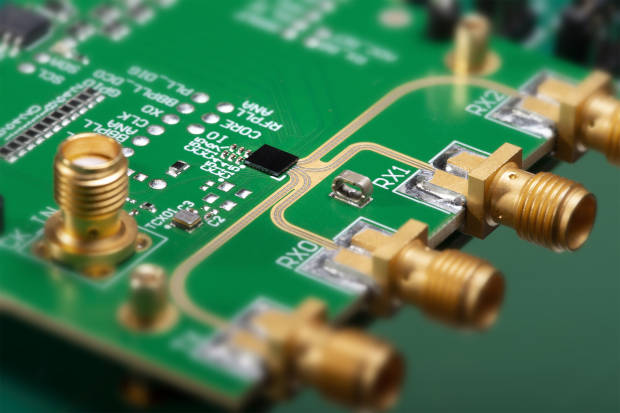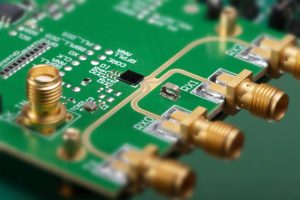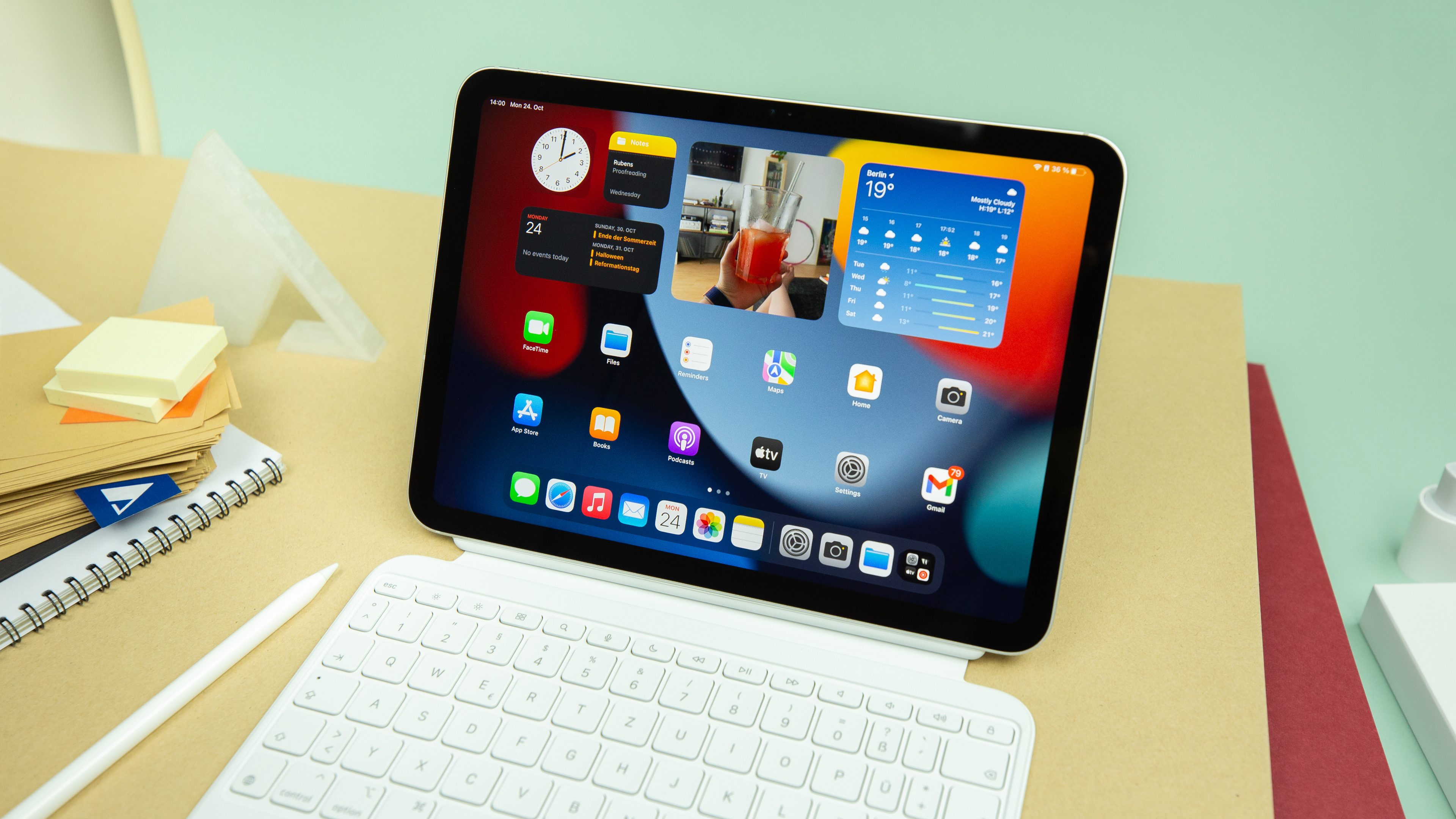
“It paves the way for a variety of automotive applications,” according to Imec. One use-case includes the creation of radar-on-chip systems for in-cabin child presence detection, and driver monitoring.”
Fabricated in 28nm CMOS technology and occupying 1.33mm2, the chip has three receivers and one transmitter. Its “low power consumption results from a optimised interference-resilient Rx architecture, coupled with a digital polar transmitter architecture”, said Imec.
Also for power reduction, the PLL is an all-digital two-stage design and, to improve ranging performance without breaking the spectrum regulations, and analogue FIR (finite impulse response) based Tx pre-emphasis pulse shaping approach has been used.
This is not the labs first UWB creation. It revealed a sub-5mW IEEE 802.15.4z UWB transmitter IC in 2021 and a 1.66Gbit/s UWB radio last year.
“Industry requires high-performance, low-power UWB transceivers that can support a multitude of use cases, so that is what we are presenting today.” said Imec wireless sensing director Christian Bachmann. “We believe this chip could ultimately support a new generation of UWB use-cases combining ranging, communications and radar functionality.”
Smart industry, smart home and IoT applications are also foreseen – for example, centimetre-accurate asset location in warehouses, hospitals and factories, and indoor navigation in large voids such as airports and shopping malls – where narrow-band technologies such as Bluetooth do not rage so well.
“On the downside, UWB impulse radio uses more complex and expensive circuits and typically exhibits higher power dissipation,” said Imec.







